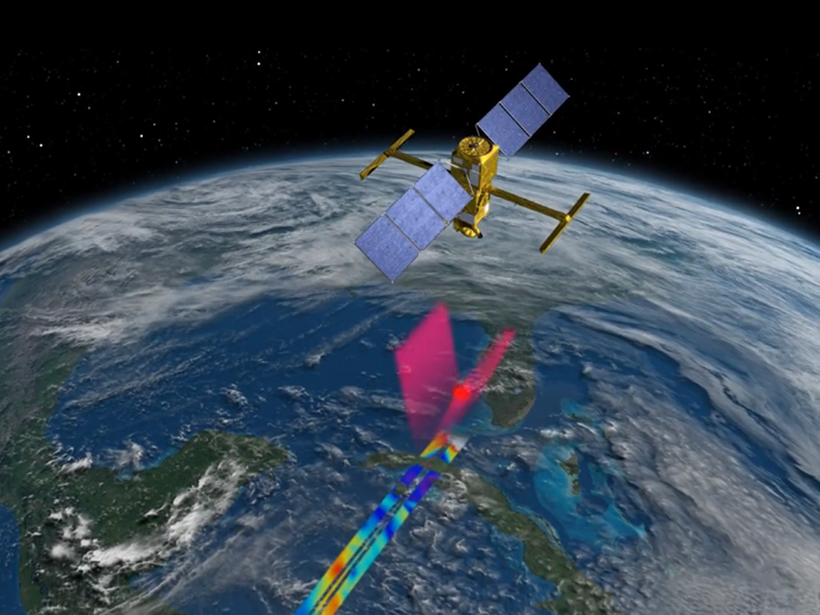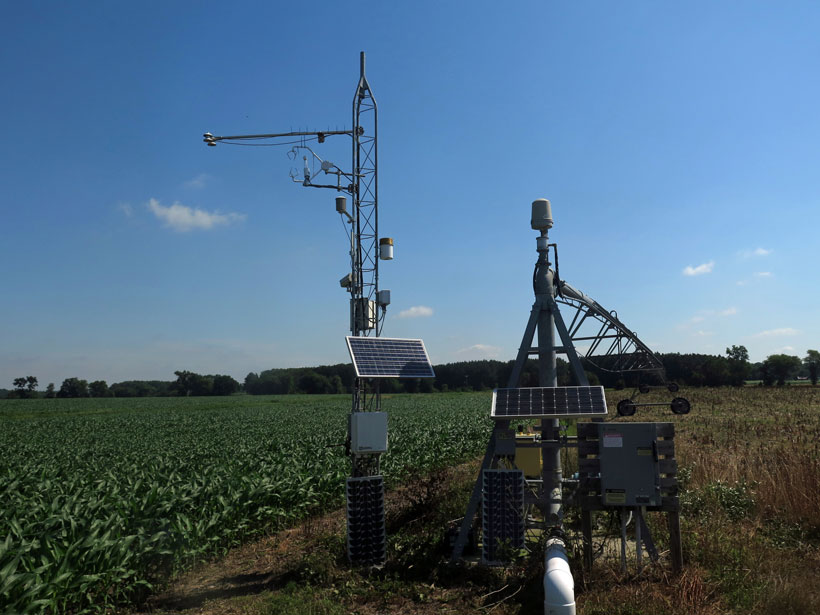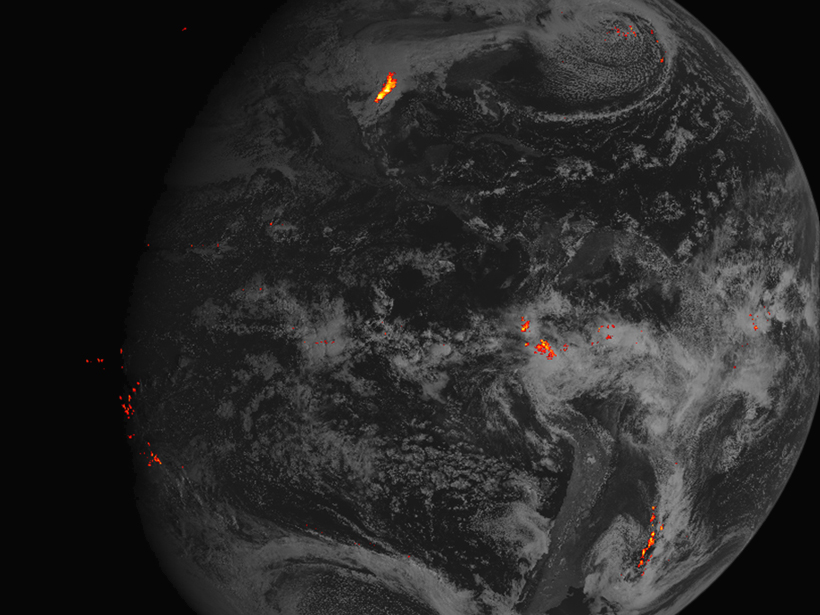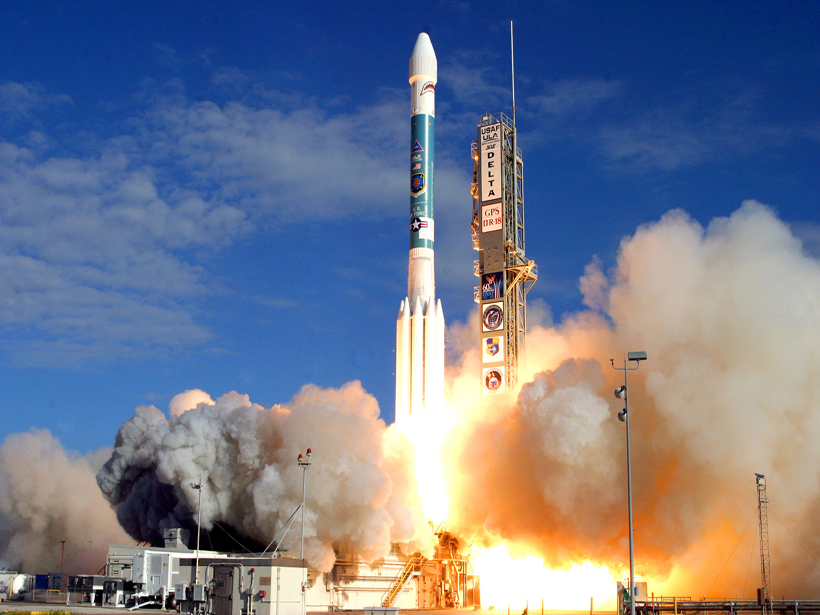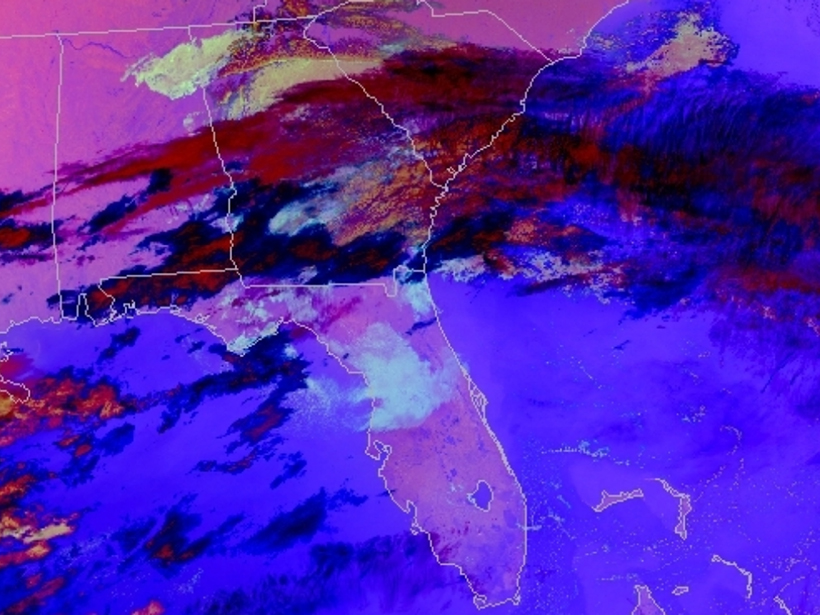2nd SWOT Application User Workshop: Engaging the User Community for Advancing Societal Applications of the Surface Water Ocean Topography (SWOT) Mission, Reston, Virginia, 5–6 April 2017
satellites
Juno Gets Spectacular View of Jupiter’s Aurora
The NASA spacecraft has taken images of Jupiter’s powerful aurora dancing around its poles, revealing never-before-seen details in their structure.
New Findings from Old Data
Recalibrated and reanalyzed data from the Voyager flybys of Jupiter 40 years ago, presented in a series of papers in JGR: Space Physics, show the value of archival data.
Blending Satellite Data to Monitor Agricultural Water Use
A new technique that merges data gathered by multiple satellites can be used to monitor agricultural water use and improve water quality assessments around the globe.
Tracking River Flows from Space
Satellite observations, combined with algorithms borrowed from river engineering, could fill large gaps in our knowledge of global river flows where field data are lacking.
For Magnetic Reconnection Energy, O—not X—Might Mark the Spot
A new analysis of satellite data could upend conventional wisdom about how solar storms produce their dangerous radiation—not from X-shaped mergers of magnetic field lines but from swirling vortices.
How Lightning Creates "Killer Electrons" in Earth's Radiation Belts
New calculations show that lightning-triggered plasma waves in Earth's magnetosphere absorb energy from slow particles and energize electrons to levels that can damage satellites severely.
GOES-16 Satellite Lights Up Lightning Flashes in New Video
The satellite's lightning mapper instrument will help scientists forecast extreme weather.
Global Positioning System Sparks New Data Revolution
Energetic particle data from the Global Positioning System constellation opens avenues for new research.
Transforming Satellite Data into Weather Forecasts
A NASA project spans the gap between research and operations, introducing new composites of satellite imagery to weather forecasters to prepare for the next generation of satellites.

